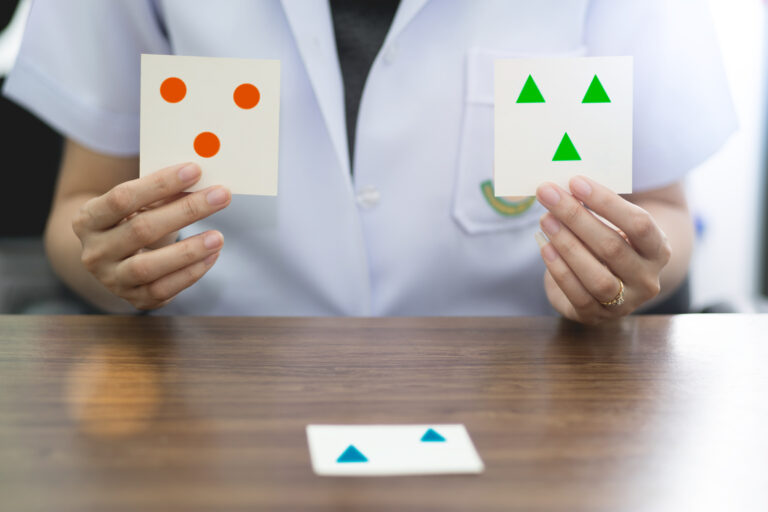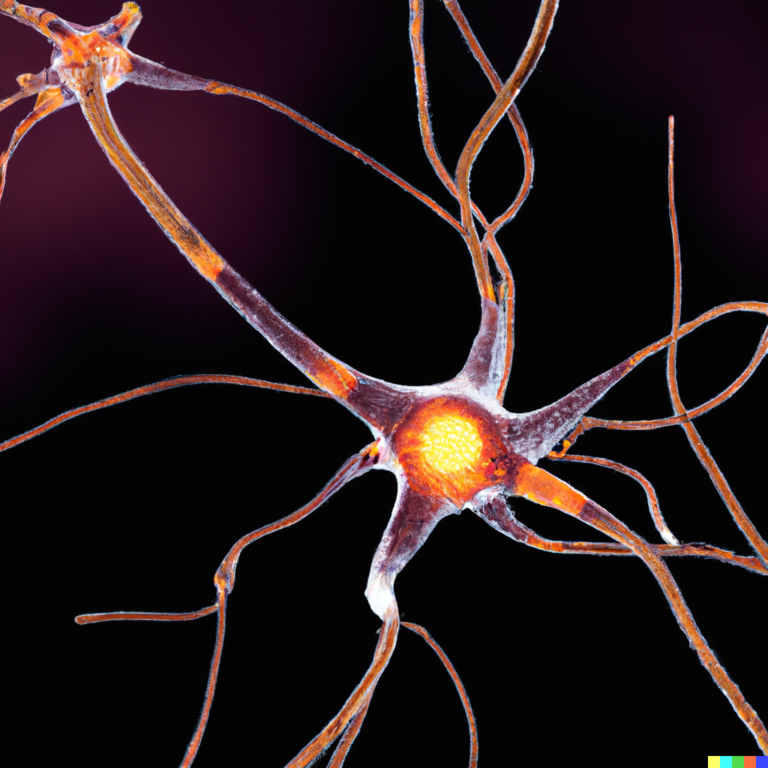Aging is something everyone experiences, but what’s less obvious is how inflammation plays a surprising role in this process. When we think of inflammation, we often picture it as a reaction to injury or infection—like when you get a cut and the area becomes red and swollen. But there’s another kind of inflammation that quietly builds up inside our bodies over time, and it has a big impact on how we age.
Inside our cells are tiny structures called telomeres, which protect our DNA every time cells divide. Think of them like the plastic tips on shoelaces that stop them from fraying. As we get older, these telomeres gradually shorten until they can no longer shield the DNA properly. When this happens, cells either die or enter a state known as senescence—they stop dividing but don’t disappear. Instead, these senescent cells release inflammatory chemicals into their surroundings.
This ongoing release creates what scientists call “inflammaging,” which means chronic low-level inflammation linked with aging tissues. Unlike acute inflammation that helps heal wounds quickly, inflammaging is subtle but persistent and can cause damage over years or decades.
Why does this matter? Because chronic inflammation affects many parts of the body—from blood vessels to immune function—and contributes to common age-related diseases like heart disease and cancer. For example, changes in tiny blood vessels during aging make it harder for immune cells to move around properly, worsening this inflammatory state.
Interestingly, while cellular senescence helps prevent cancer by stopping damaged cells from multiplying uncontrollably, the inflammatory environment those same cells create can ironically promote cancer development later on if left unchecked.
Scientists are still unraveling all the details about how exactly inflammation drives aging at different levels—from molecules inside individual cells up to whole organs—but one thing is clear: controlling chronic inflammation could be key to healthier aging.
Some researchers are exploring treatments that target these inflammatory pathways or remove senescent cells altogether as ways to slow down aspects of aging and reduce disease risk.
So next time you hear about “inflammation,” remember it’s not just about feeling sore after an injury—it’s also deeply connected with why our bodies change as we grow older in ways that aren’t always visible right away but have profound effects over time.





